DIY Guide: Easily Replace Your Ceiling Light’s LED Strip in 5 Simple Steps
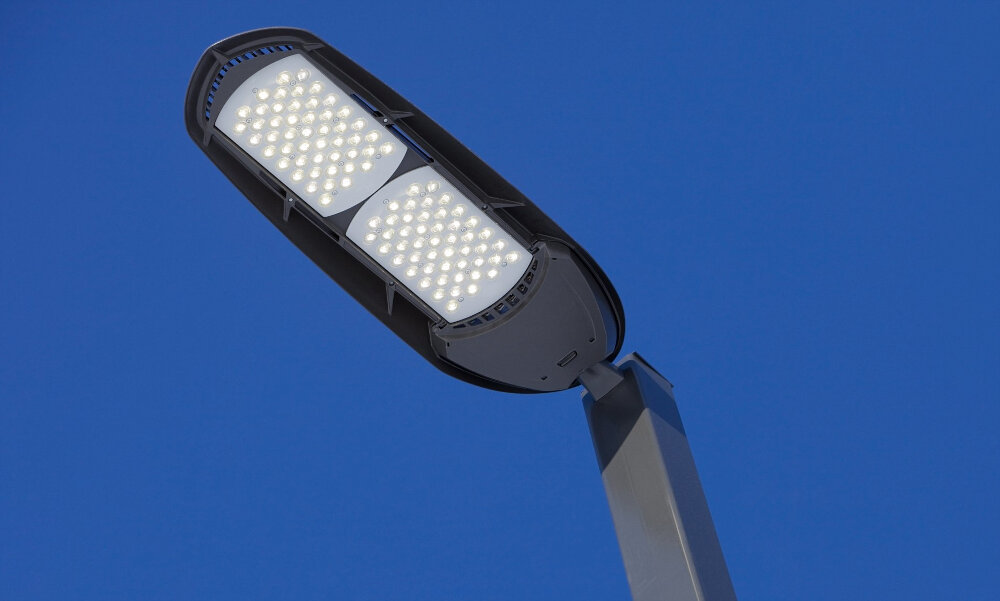
Are you looking to upgrade your home lighting without breaking the bank? Replacing your ceiling light’s LED strip is an easy and cost-effective solution to achieving a more modern and energy-efficient ambiance. LED strips are longer-lasting, consume less energy, and emit a brighter and whiter light compared to traditional light bulbs. By following these five simple steps, you can easily replace your ceiling light’s LED strip and enjoy the benefits of a brighter and more efficient lighting system. The process of replacing your ceiling light’s LED strip may seem daunting, but with the right tools and guidance, it can be an effortless task. In this DIY guide, we’ll show you how to replace your ceiling light’s LED strip in five simple steps. You’ll need basic tools such as a screwdriver and wire cutters, and a replacement LED strip that is compatible with your ceiling light fixture. With this guide, you’ll be able to upgrade your home lighting system in no time and enjoy a brighter and more energy-efficient ambiance.
LED strips have become increasingly popular in modern ceiling lights due to their energy efficiency, long lifespan, and versatility in creating various lighting effects. However, like any light source, LED strips also require occasional replacement to maintain their optimal performance. Over time, LED strips may become dimmer or even fail, which can negatively affect the overall lighting quality and ambiance of a room. Therefore, it is crucial for homeowners to learn how to replace their ceiling light’s LED strip, as it can save them money on energy bills and enhance their living spaces’ aesthetics. With the DIY guide’s help, anyone can replace their LED strip in just five simple steps, ensuring that their ceiling light remains both functional and visually appealing.
Step 1: Turn Off the Power
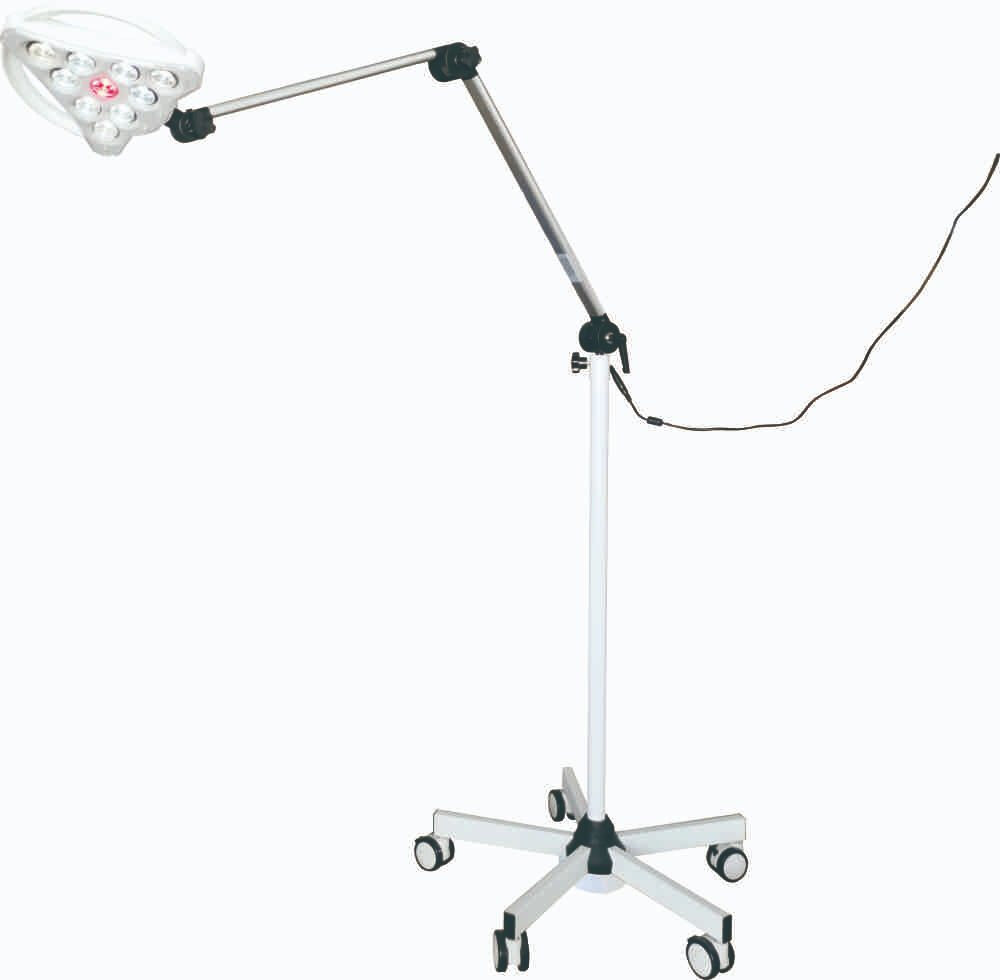
The first step to replacing your ceiling light’s LED strip is to turn off the power. This is a crucial step that cannot be skipped or overlooked. Failing to turn off the power can result in electrical shock or even death. Before beginning any electrical work, it is important to locate your home’s circuit breaker and turn off the power to the room or area where you will be working. This will ensure that there is no electricity flowing to your ceiling light and that you can work safely without the risk of injury. Once you have located your circuit breaker and turned off the power, it is important to test the light switch to ensure that there is no electricity flowing to the ceiling light. You can do this by simply turning on the light switch and seeing if the ceiling light turns on. If the light turns on, then you have not successfully turned off the power, and you should go back to the circuit breaker and try again. Once you have successfully turned off the power and tested the light switch, you can move on to the next step in replacing your ceiling light’s LED strip.
It is crucial to turn off the power supply before starting the replacement process of your ceiling light’s LED strip. This safety measure helps to prevent electrocution or any potential hazardous incidents. Turning off the power supply also ensures that the LED strip is not connected to any electrical current, making it easier and safer to handle during the replacement process. It is vital to take this precautionary step seriously, as electricity can be extremely dangerous, and any negligence can result in severe injuries or damage. Therefore, always prioritize safety first and turn off the power before starting any electrical work around your home.
Before replacing the LED strip of your ceiling light, it is crucial to turn off the power safely to avoid any electrical hazards. Firstly, locate the main power switch or circuit breaker in your home and switch it off. If you are unsure which switch controls the power to your ceiling light, turn off the main power switch to be safe. Once the power is off, double-check by turning on the light switch to make sure the light doesn’t turn on. It is essential to wait for a few minutes to ensure that all capacitors have discharged before proceeding with the replacement. Remember to take precautions when working with electrical appliances and wear protective gear if necessary.
Step 2: Remove the Old LED Strip
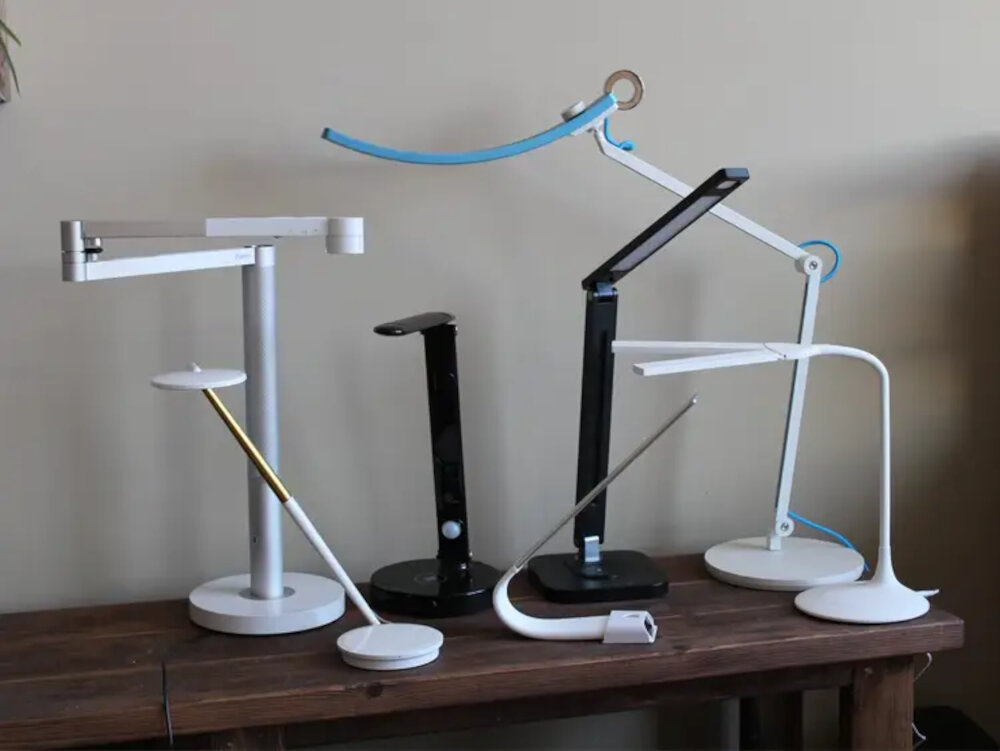
The second step in replacing your ceiling light’s LED strip is to remove the old one. This may seem daunting at first, but with the right tools and a little bit of patience, it can be done quickly and easily. Start by turning off the power to your ceiling light at the breaker box to ensure your safety. Then, remove the cover or lens of your light fixture to gain access to the LED strip. Depending on the type of fixture you have, the LED strip may be attached with screws, clips, or adhesive tape. Carefully remove any screws or clips and gently pull the LED strip away from the fixture. If it is attached with adhesive tape, use a hairdryer to heat up the tape and make it easier to remove. Once the LED strip is removed, take a moment to inspect the wiring and connections. Make sure everything is in good condition and free from damage or wear. If you notice any issues, now is the time to address them before installing the new LED strip. You may also want to clean the inside of your light fixture while it is open. Dust and debris can accumulate over time and reduce the effectiveness of your LED strip. Use a soft cloth or brush to carefully remove any dirt or grime. With the old LED strip removed and the fixture cleaned and inspected, you are now ready to move on to the next step in the process.
Removing an old LED strip from a ceiling light may seem daunting, but it can be easily accomplished in just a few simple steps. First, turn off the power supply to the light fixture to avoid any electrical hazards. Next, locate the mounting clips that hold the LED strip in place and gently release them by pressing down on the clip’s tabs. Carefully remove the old LED strip by pulling it away from the fixture. If the strip is glued in place, use a flat tool, such as a putty knife, to loosen the adhesive. Once the strip is removed, clean any remaining adhesive or debris from the fixture before installing the new LED strip.
To safely remove an old LED strip from your ceiling light, you need to follow a few steps. First, disconnect the power source to avoid any electrical shocks. Next, remove the diffuser cover of the light fixture and locate the LED strip. Once you have located it, gently detach the strip from the fixture’s circuit board by unscrewing or unclipping it. Make sure to handle the LED strip with care to avoid damaging it. After removing the strip, dispose of it properly according to your local regulations. It is also a good idea to clean the fixture and circuit board before installing the new LED strip. By following these simple steps, you can remove the old LED strip safely and prepare your light fixture for a new and improved light source.
Step 3: Prepare the New LED Strip
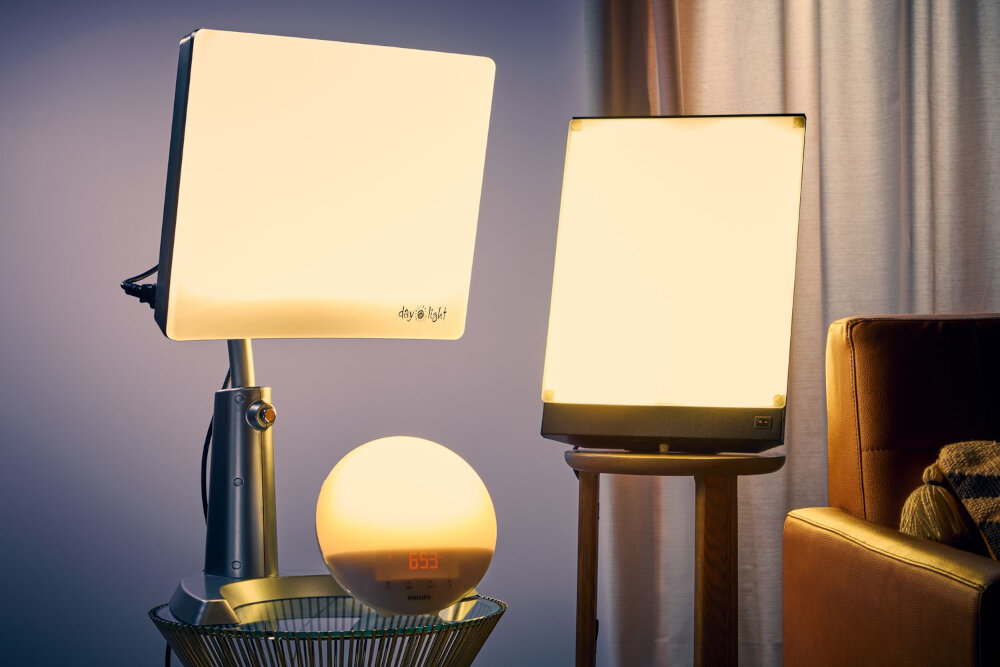
In Step 3 of the DIY Guide to Easily Replace Your Ceiling Light’s LED Strip, it’s time to prepare the new LED strip. Before you start, make sure that you have the right type of LED strip and that it matches the specifications of your ceiling light. Once you have the right strip, carefully remove it from the packaging and double-check that it is undamaged. If the LED strip comes with adhesive tape, peel off the protective layer to expose the sticky side. If not, you may need to apply adhesive tape or glue to attach the strip to the light fixture. Next, measure the length of the new LED strip and cut it to the appropriate size. You can use a pair of scissors or a sharp blade to do this. It’s essential to be precise when cutting the LED strip to ensure that it fits perfectly into the light fixture. If you have any doubts, it’s better to cut the strip a little longer than necessary as it can be trimmed later. Once you have cut the LED strip, clean the surface of the light fixture to remove any dust or debris before attaching the new strip. With the new LED strip ready to go, it’s time to move on to step 4 of the DIY guide. Overall, preparing the new LED strip is an important step in the DIY guide to easily replace your ceiling light’s LED strip. Taking the time to ensure that you have the right type of strip, cutting it to the appropriate size, and properly cleaning the light fixture will help ensure a successful installation. With the new LED strip ready to go, you are well on your way to upgrading your ceiling light and enjoying the benefits of energy-efficient LED lighting.
Before installing the new LED strip in your ceiling light, you need to prepare it properly. Start by checking the length of the strip and cutting it according to the size of your light fixture. Make sure that the strip is cut straight and the ends are clean. Then, remove the adhesive backing from the strip and attach it to the fixture. If your fixture has an aluminum channel, slide the strip into it to secure it in place. Alternatively, you can use clips or screws to hold the LED strip in place. Finally, connect the wires of the LED strip to the power supply, making sure to match the positive and negative terminals correctly. Once you have completed these steps, your LED strip is ready for installation and you can enjoy the energy-saving benefits of LED lighting.
To prepare the new LED strip safely, you will need to follow a few simple steps. Firstly, make sure you have the correct replacement LED strip for your ceiling light. Secondly, turn off the power supply to the light at the circuit breaker to avoid electrocution. Thirdly, remove the old LED strip from the light fixture by unscrewing it from the backplate. Fourthly, carefully unpack the new LED strip, making sure not to bend or damage it. Finally, attach the new LED strip to the backplate of the light fixture, securing it in place with screws or adhesive tape. Once you have completed these steps, you can turn the power supply back on and test the new LED strip to ensure it is working correctly.
Step 4: Install the New LED Strip
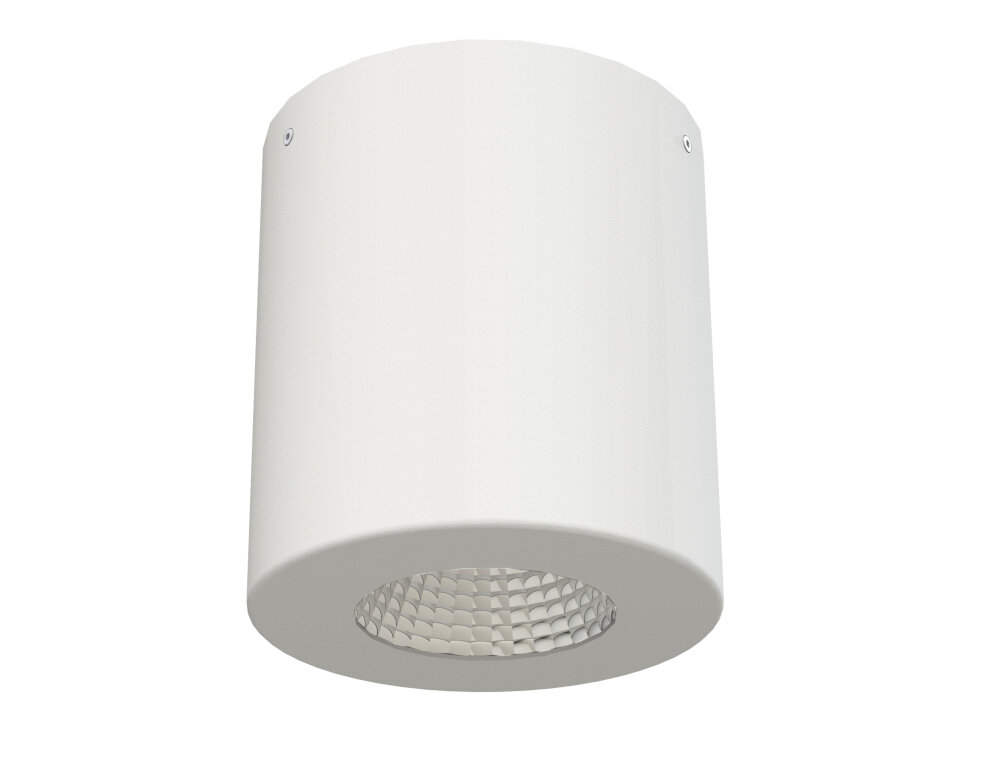
After removing the old LED strip, it’s time to install the new one. Before doing so, make sure that the new strip has the same specifications as the old one. This means that the size, voltage, and current rating should match. If they don’t, there could be complications in the installation process, and you might end up damaging the new LED strip. Once you’ve confirmed that the new strip is compatible, carefully peel off the adhesive backing and stick it onto the same area where the old strip was attached. Make sure the strip is straight and aligned correctly before pressing it down to ensure a secure fit. After attaching the new LED strip, it’s crucial to connect it to the power source. Depending on the type of LED strip you have, there are different ways to do this. Some strips come with a plug-and-play system, while others require more complicated wiring. If you’re unsure, refer to the manufacturer’s instructions, or seek advice from an electrician. Once you’ve connected the LED strip to the power source, turn on the switch to check if it’s working correctly. If it is, congratulations! You’ve successfully replaced your ceiling light’s LED strip. If not, double-check your wiring and connections, and try again.
Installing a new LED strip in your ceiling light is a simple and cost-effective way to enhance the lighting in your room. To begin, turn off the power to the ceiling light at the circuit breaker. Next, remove the cover of the ceiling light and carefully detach the old LED strip from the electrical connections. Then, attach the new LED strip to the electrical connections and secure it in place using the adhesive backing or clips provided with the strip. Replace the cover of the ceiling light and turn the power back on at the circuit breaker. Finally, test the new LED strip to ensure it is functioning properly. With these 5 simple steps, you can easily replace your ceiling light’s LED strip and enjoy a brighter and more energy-efficient lighting solution.
Installing an LED strip to replace your ceiling light can be a simple and cost-effective way to upgrade your home’s lighting. To begin, turn off the power supply to the light fixture at the circuit breaker. Remove the existing light cover and gently detach the old LED strip from the wiring. Carefully measure and cut the new LED strip to fit your fixture. Strip the ends of the wires and connect them to the corresponding wires on the new LED strip. Finally, test the light by turning on the power and securing the new LED strip in place. Be sure to follow all safety precautions and consult a professional if you have any doubts about your ability to complete the installation.
Step 5: Turn On the Power and Test
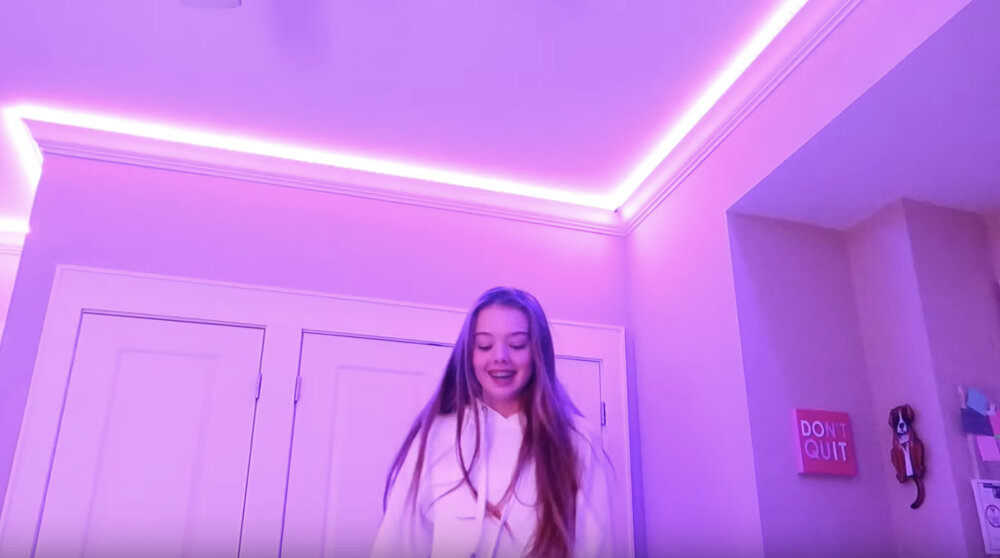
After installing the new LED strip in your ceiling light, it’s time to turn on the power and test it out. Before doing this, ensure that all your connections are secure and that there are no exposed wires. If there are any exposed wires, cover them with electrical tape to prevent any accidents. Once you’ve double-checked everything, it’s time to turn on the power. Flip the circuit breaker switch to the on position, and the light should turn on. If it doesn’t, you may need to troubleshoot the wiring or check to see if the LED strip is properly connected. In some cases, the LED strip may need to be replaced if it’s defective. Testing the light is an essential step in the process of replacing your ceiling light’s LED strip. It’s important to ensure that the new LED strip is functioning correctly and that there are no issues with the wiring or connections. If you notice any flickering or dimming of the light, it may be an indication that there’s a problem with the wiring or that the LED strip is not functioning correctly. In this case, you may need to troubleshoot the wiring or replace the LED strip. Once you’ve tested the light and confirmed that it’s working correctly, you can sit back and enjoy your newly replaced LED strip ceiling light.
After successfully replacing the old LED strip, it’s time to turn on the power and test the new one. Firstly, switch off the main power supply to avoid any electrical accidents. Then, connect the new LED strip to the power source, making sure that all wires are securely attached. Once the connections are in place, switch on the power supply and test the light by turning it on. If the light turns on, then congratulations! You have successfully replaced your ceiling light’s LED strip. However, if it doesn’t work, double-check your connections, and make sure that the power supply is switched on. If the problem persists, consult a professional electrician.
Before turning on the power and testing the new LED strip, ensure that you have connected all the wires correctly and securely. Once you have confirmed this, switch on the power at the circuit breaker and wait for a few seconds for the electricity to flow through the system. Then, turn on the switch and check the new LED strip for any signs of flickering or dimness. If everything looks good, switch off the power and attach the light cover. Once you have reattached the cover, turn the power back on and test the LED strip again to make sure it’s working properly. Remember to always follow safety guidelines when dealing with electrical wiring to avoid any accidents.
Replacing LED strips in ceiling lights is crucial to maintain the functionality and aesthetic appeal of your lighting fixtures. Over time, LED strips can become dimmer or stop working altogether, leading to a decrease in the quality of lighting in your home or workspace. However, the process of replacing LED strips is surprisingly simple and can be completed in just a few steps. By taking the time to replace LED strips as needed, you can ensure that your ceiling lights continue to provide optimal illumination and enhance the overall ambiance of your space. So, don’t hesitate to replace your LED strips and enjoy the benefits of a well-lit environment.
If you’re looking to replace your ceiling light’s LED strip, then you’ve come to the right place! Our DIY guide offers 5 simple steps to help you safely and easily replace your LED strip. Not only will this guide save you time and money, but it will also give you the satisfaction of completing a DIY project on your own. With clear and concise instructions, you’ll be able to confidently replace your LED strip without any worries. So, whether you’re a DIY enthusiast or just looking to save some money, follow our guide and replace your LED strip with ease!
Conclusion
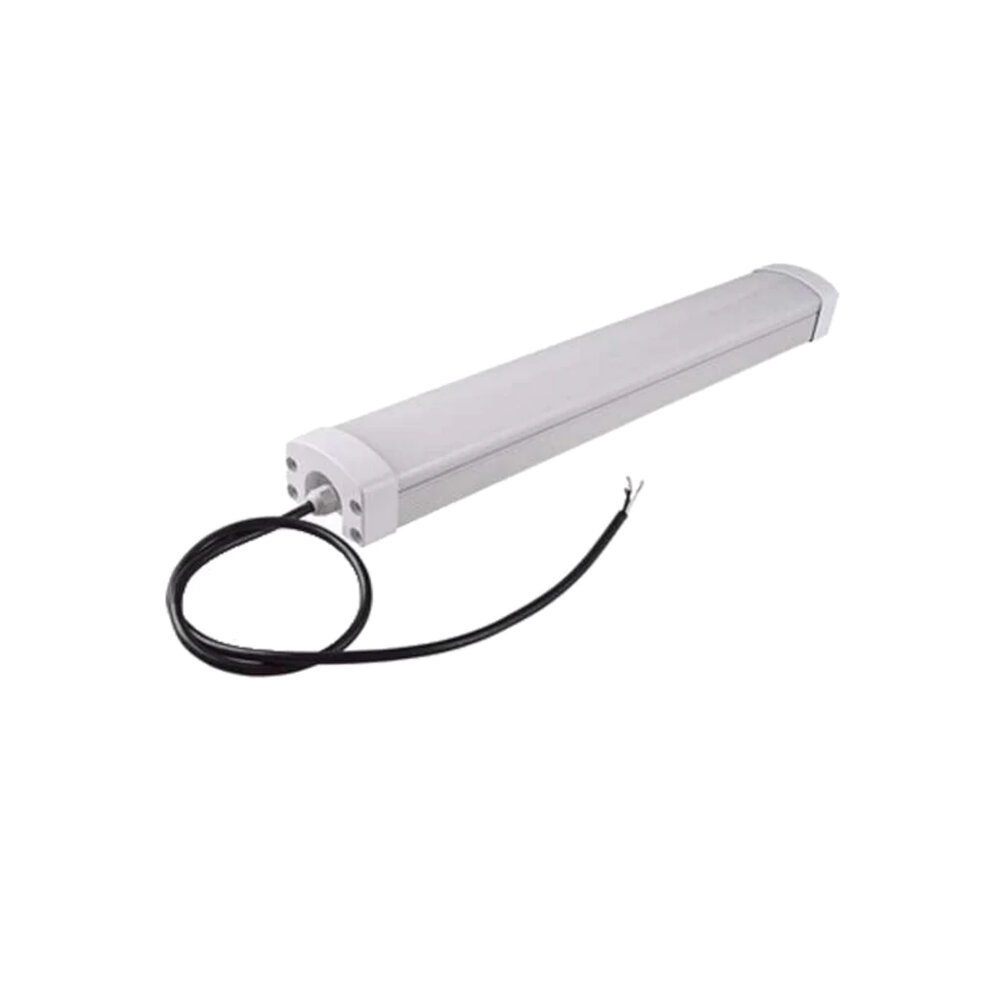
In conclusion, replacing the LED strip in your ceiling light may seem daunting at first, but with this DIY guide, it can be accomplished easily in just five simple steps. Whether you’re looking to switch up your home’s lighting aesthetic or simply need to replace a faulty LED strip, this guide provides an accessible solution. By following these steps, you can save both time and money by avoiding the need for a professional electrician. Don’t let a malfunctioning LED strip keep your room in the dark – take control of your lighting and brighten up your space today!




